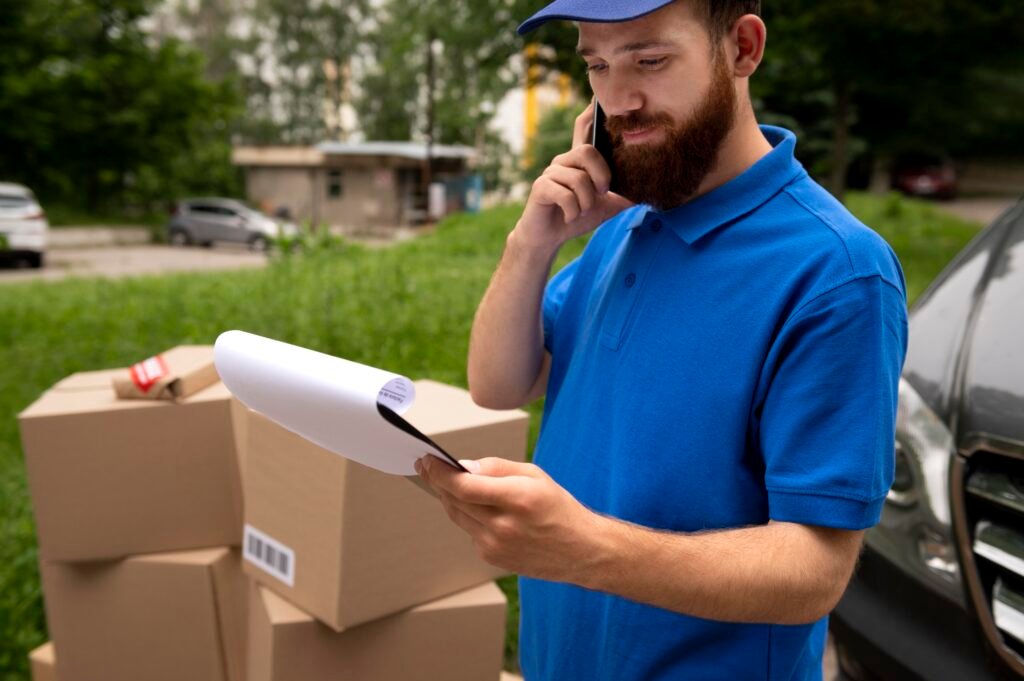
Packing for a move doesn’t have to be overwhelming. By using smart packing techniques, you can save time, reduce stress, and ensure your belongings stay safe. Here are practical packing hacks to help you make your move as efficient and organized as possible.
1. Use the Right Packing Materials
Investing in quality packing supplies prevents damage and speeds up the process:
- Bubble wrap and packing paper for delicate items.
- Sturdy boxes in various sizes.
- Packing tape and stretch wrap for secure sealing.
- Moving blankets to protect furniture.
2. Declutter Before You Pack
Save time by sorting and donating or discarding items you no longer need. Packing fewer items means a quicker, easier move.
3. Pack Room by Room
Focus on one room at a time to stay organized and avoid mixing items from different parts of your home.
4. Label Boxes Clearly
Label each box with its contents and destination room. Use color-coded labels or tape for quick identification.
5. Create an Essentials Box
Pack a separate box with necessities like toiletries, chargers, snacks, and a change of clothes for easy access on moving day.
6. Protect Fragile Items
- Wrap glassware and dishes individually using bubble wrap or paper.
- Use dividers for plates and stemware.
- Fill empty spaces in boxes with packing peanuts or crumpled paper to prevent shifting.
7. Use What You Have
- Pack clothes in suitcases, laundry baskets, or garbage bags.
- Use towels and blankets as padding for fragile items.
8. Avoid Overloading Boxes
Keep boxes at a manageable weight to prevent breakage and injuries. Heavy items like books should go in smaller boxes.
9. Disassemble Furniture Wisely
Take apart large furniture pieces when possible. Keep screws and hardware in labeled plastic bags taped to the corresponding furniture.
10. Protect Electronics
- Use original boxes if available.
- Wrap cords and cables separately and label them.
- Secure screens with padding or moving blankets.
11. Use Stretch Wrap for Odd-Shaped Items
Stretch wrap is perfect for securing drawers, bundling items together, and protecting furniture from dirt and scratches.
12. Utilize Small Items Strategically
Place small, heavy items at the bottom of boxes and use lighter, softer items as cushioning on top.
13. Seal Liquids Properly
Prevent leaks by removing caps, covering openings with plastic wrap, then securing the caps back in place.
By following these packing strategies, you’ll make your move more efficient, organized, and stress-free while protecting your valuable belongings. With proper planning and the right materials, packing can become a streamlined process that ensures a smooth transition to your new home.
